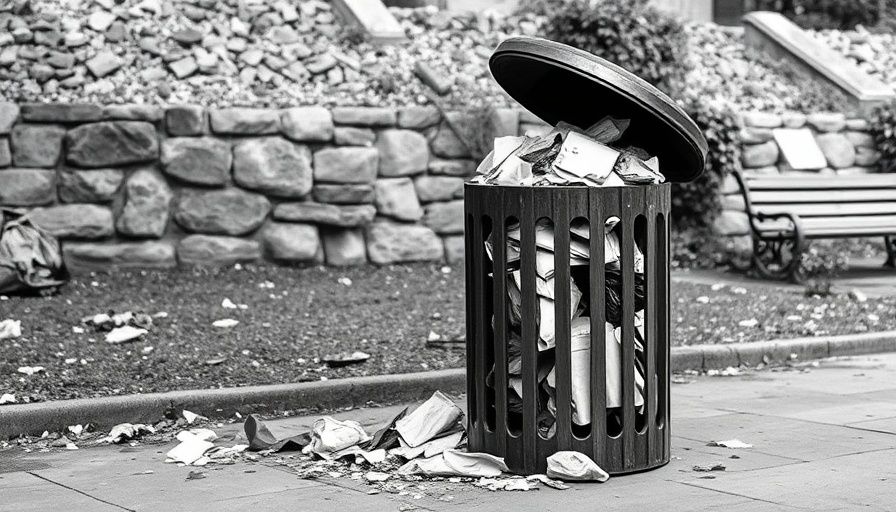
How a Rock Concert in 1975 Changed Park Regulations
On a fateful night in July 1975, Duluth’s Leif Erikson Park transformed from a serene haven to a scene of chaos during a rock concert that prompted city authorities to impose a curfew. The event, which drew an unexpected crowd, resulted in extensive vandalism, including overturned toilets, damaged picnic tables, and uprooted bushes. The repercussions were so severe that the Parks and Recreation Advisory Board assumed a proactive stance, reducing the park's curfew from midnight to 10 p.m., effectively changing the local policy.
The Context Behind the Chaos
The story of that tumultuous night shines a light on the intersection of public gatherings and civic responsibility. Rock concerts had become popular across the country in the early 1970s, yet many municipalities struggled to manage crowds and ensure safety. In Duluth, police reported it took over an hour to disperse the revelers, highlighting a broader issue: how communities could handle large gatherings without incident. The concert, held without a proper permit, raised questions about regulation enforcement and public safety that still resonate.
Public Response and Reflection
After the chaos at Leif Erikson Park, community members had mixed feelings. On one hand, many young people felt deprived of their freedom to enjoy music and socialize late at night. Conversely, concerned parents and local residents rallied for stricter regulations, endorsing the city’s decision to enforce earlier curfews. This clash of perspectives illustrates a common societal tension between youth culture and established norms—one that has echoed through various eras of music and public life.
Lessons Learned: Balancing Freedom and Safety
The changes brought on by the aftermath of the concert weren’t just about curfews but about finding equilibrium between community enjoyment and protection. As cities continue to host larger outdoor events today, the balance remains essential. Implementing crowd control measures and ensuring proper permits can foster a safer environment for all attendees. Understanding past events like this concert helps inform better practices for future gatherings.
Connecting Through Music: A Civic Duty
This incident invites us to reflect on our shared responsibilities. Rock concerts offer a unique opportunity to bond as a community, showcasing the vibrance of local culture. By engaging in discussions surrounding civic duties, we can better create an atmosphere where everyone feels safe to express themselves and enjoy communal experiences. Active participation in civic discussions equips citizens with the power to shape their environments positively.
Civic engagement is about more than just laws—it's about understanding the voice of the community. As we reminisce about the infamous concert of 1975, let it inspire our present to prevent chaos and promote harmony at future events.
 Add Row
Add Row  Add
Add 




Write A Comment